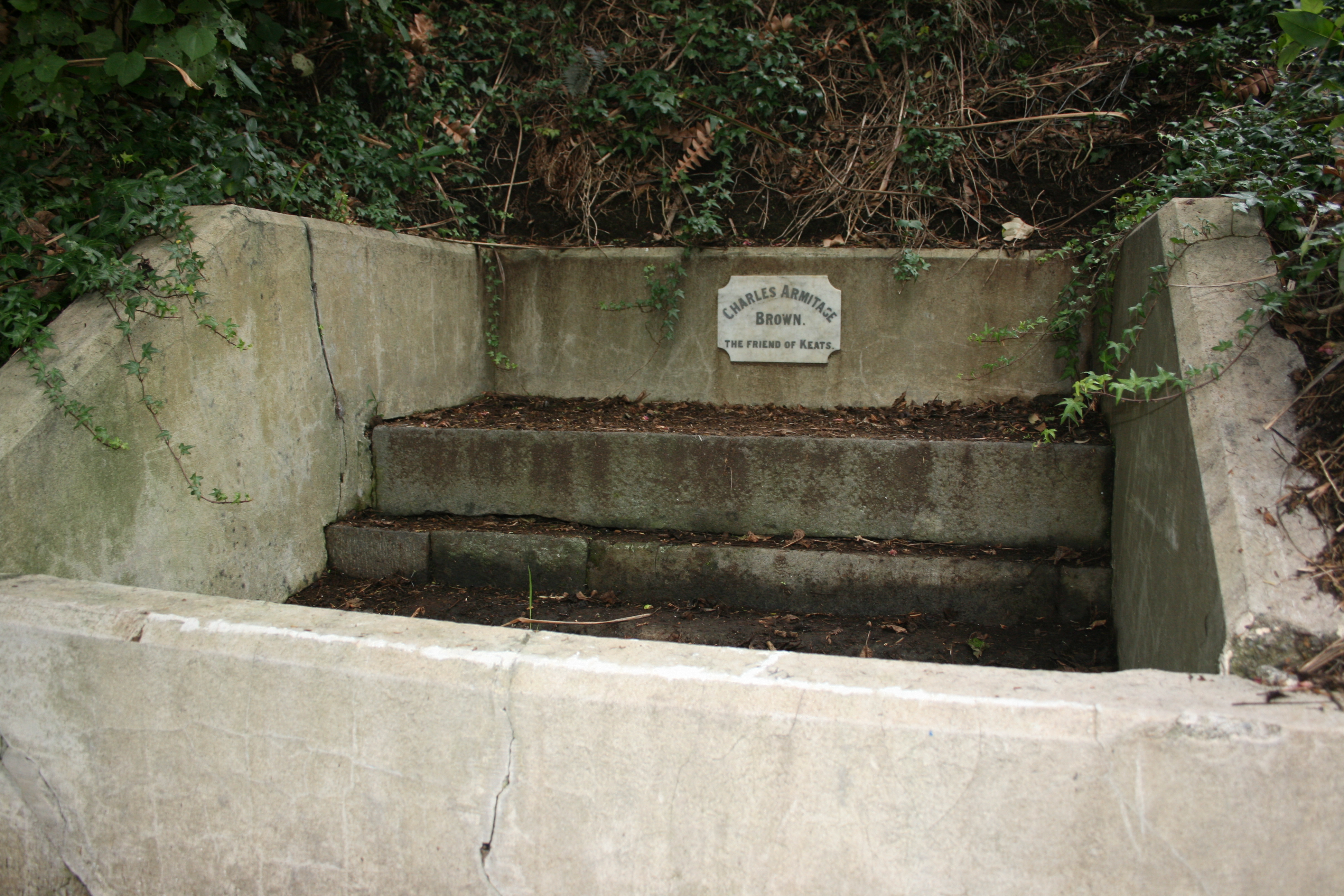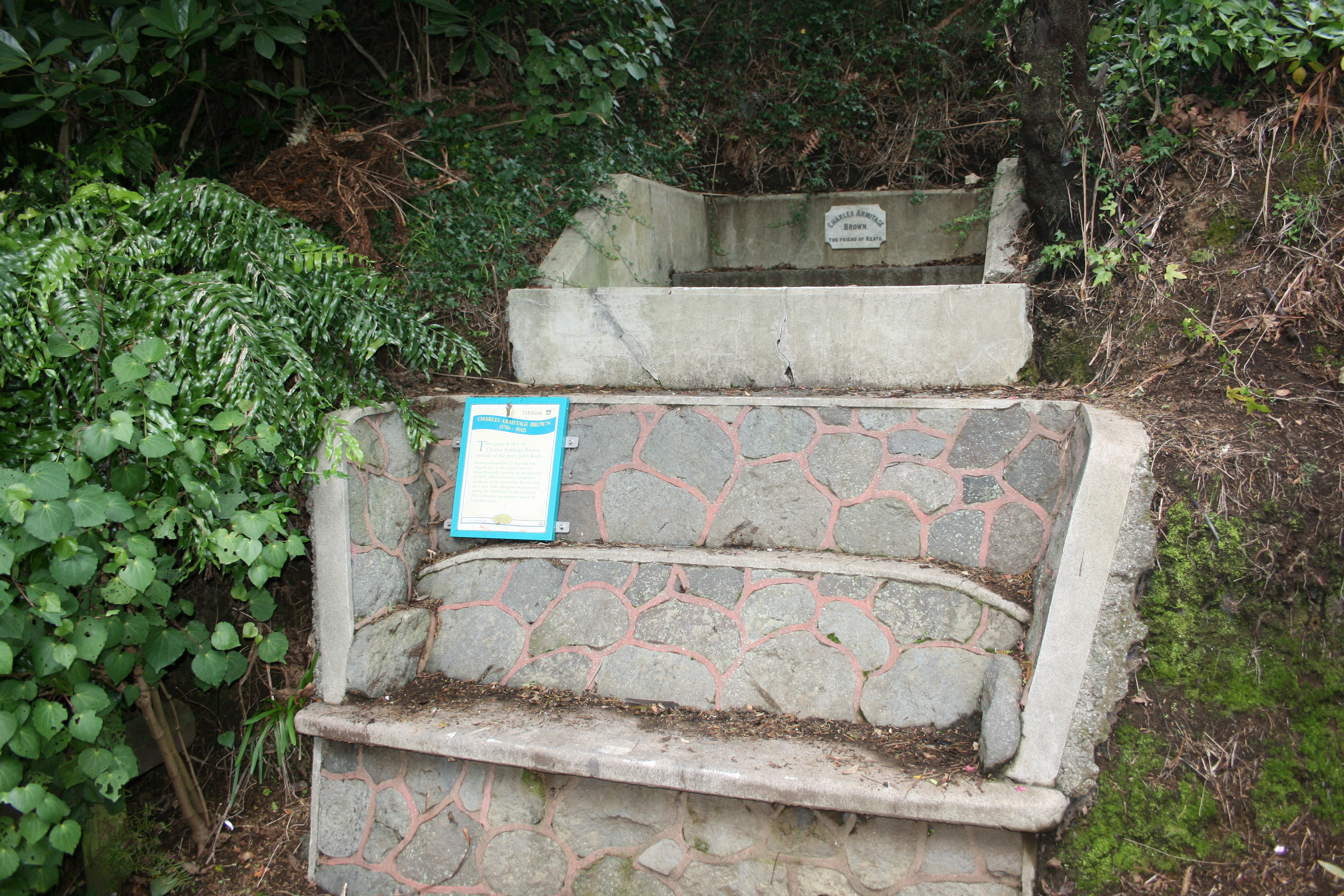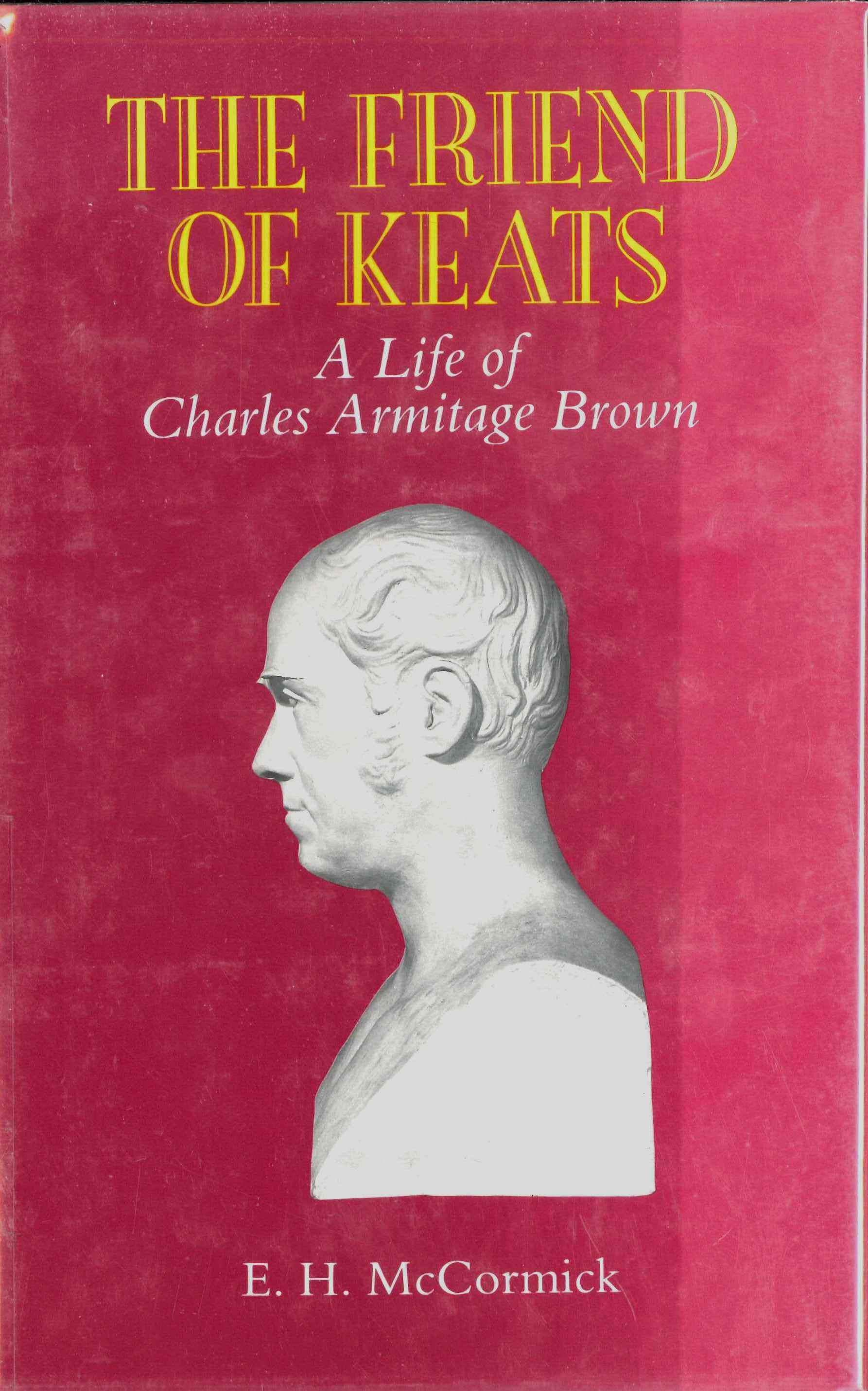





Charles Armitage Brown was born in Gray's Walk, Lambeth, London on 14 April, 1787.
In early life Brown was a merchant in Russia, but failing in that business and with the anticipation of war with Russia, he devoted himself to literature and art.
In 1817 he met the poet, John Keats, and they became great friends and colleagues until Keats’ death in 1821.
He and his son – also Charles – determined to emigrate to New Zealand. Charles Armitage sailed to New Zealand on the Oriental landing at New Plymouth on 7 November, 1841 to join his son who had sailed on the Amelia Thompson which had arrived earlier on 3 September 1841.
An often out-spoken critic of the 'New' Plymouth settlement, Charles Senior apparently spent an unhappy seven months in New Zealand and was planning on returning to the United Kingdom.
John T Wicksteed in a letter to Colonel Wakefield (2 July 1842) describes Brown as "a pestilent madman. I kept on good terms with him, but peace could not have lasted long, he was so abusive and particularly annoyed at your not paying court to his self importance."
He died suddenly of a stroke on 5 June, 1842, at the age of 56, and is buried on Marsland Hill, behind St Mary's Cathedral, New Plymouth.
During the 1860s or early 70s his grave, marked with slabs of rock from the foreshore, was covered during earthworks and subsequently forgotten although it is shown in several 1860 paintings.
It was on the centennial of John Keats’ death in 1921, that author and journalist, Hector Bolitho wrote to the Mayor of New Plymouth, F.E. Wilson, suggesting that the grave should be found and marked. Local historian, W.H. Skinner was tasked to find it and discovered it in March 1921.
Family members then provided the stone and concrete surrounds with the plaque that may be seen today.
At various times in the past the reason for the isolated location of the grave has been speculated upon. Grounds have ranged from Brown’s unpopularity in New Plymouth to his agnostic beliefs and the nature of his relationship with Keats.
However, the area around Marsland Hill was designated as cemetery by surveyor, Frederic Carrington in 1841 but not extensively used as such, although an Independent burial ground was later located on the south-western slopes of the hill.
Related document:
A Friend of Keats (Daily News 28 January 1981)
Further Reading

McCormick, E H : The Friend of Keats, 1989
Please do not reproduce these images without permission from Puke Ariki.
Contact us for more information or you can order images online here.